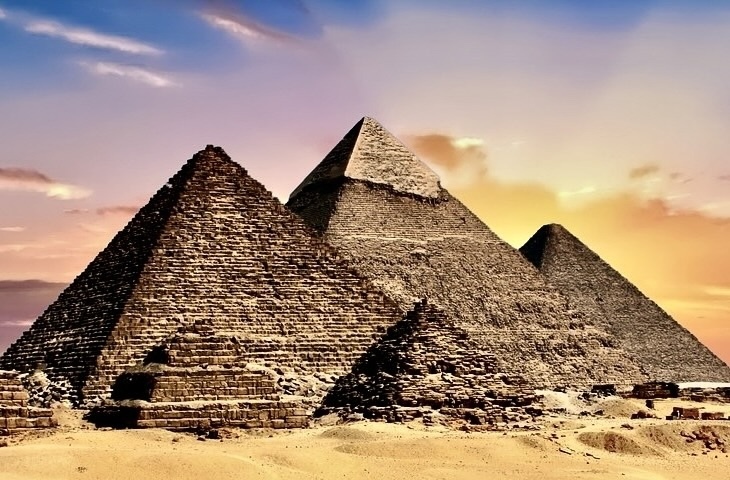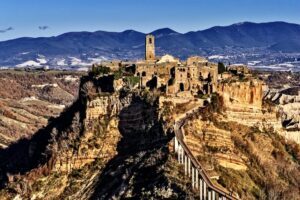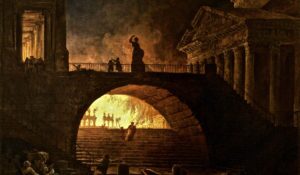
July 19, 64 AD.
Evening fell.
Shopkeepers had already retired to their homes — another routine night to relax and tend to their domestic matters after a long day’s work. At night it was usually very quiet among the closed shops that hug the environs of Rome’s Circus Maximus where, during daylight hours on some days, one could hear the roar of the crowds as they reveled in the excitement of the race. On this night, however, the quiet was broken with the whistle and howl of a robust wind.
An evening of hefty wind was nothing to cause alarm or fear. But when coupled with an errant flame in a flammable, unattended little shop, it could set the stage for a perfect storm.
It did.
To this day, no one knows exactly what caused the initial flame, but it quickly spread from its original shop to its neighbors. With next to no space separating one establishment from the next, and a wind that would respect no demand to stop, the flames engulfed and consumed anything that would burn, including the vulnerable upper story wood structure of the Circus Maximus itself.
Meeting no resistance, the fire spread up and across the monumental and palatial community of the Palatine Hill, where Rome’s imperial family and wealthy aristocracy resided. Those who could flee in time escaped with their lives, but the fire continued to ravage the city beyond the Palatine into the lower reaches of the city to destroy the crowded tenements that housed the city’s poorer classes, where the carnage was most devastating.
Rome is Burning
Known to history as the Great Fire of Rome, ancient scholars and writers have written their various accounts of the event. Now, author Anthony Barrett has produced arguably the most comprehensive and detailed treatment of the fiery disaster with the publication of his book, Rome is Burning: Nero and the Fire that Ended a Dynasty, to be released by Princeton University Press in November, 2020. He draws upon the historical record and previous scholarship, including the writings of iconic ancient Roman writer/historians like Tacitus, Seutonias, and Cassius Dio, to not only paint a detailed portrait of the event but also suggest and expound on how it changed the course of Rome’s imperial history, particularly the Julio-Claudio dynasty, with Nero at the forefront of its demise.
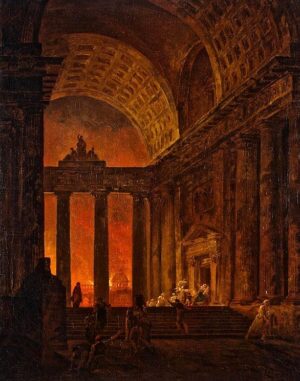 What may be most compelling for readers and enthusiasts of archaeology, however, is his in-depth narrative treatment of the various archaeological discoveries that have revealed clear evidence attributable to the Great Fire destruction. Much of this evidence came to light during excavations beginning in 1981, and continuing from 1986 under the direction of Clementina Panella. In those investigations, for example, excavators uncovered fragments of the Doric frieze of an Augustan column, which showed unmistakable signs of having been burned; burned remains of steps that once led to a small temple located in the northeast corner of the Palatine; a grate that had been badly distorted by intense heat among fallen debris and basalt fragments clearly shattered by heat and bricks that had collapsed upon it; floors and pavements burned by intense fire; and burned shop and household items such as pots and other pottery, remnants of carbonized wood, ash, as well as burned metal objects.
What may be most compelling for readers and enthusiasts of archaeology, however, is his in-depth narrative treatment of the various archaeological discoveries that have revealed clear evidence attributable to the Great Fire destruction. Much of this evidence came to light during excavations beginning in 1981, and continuing from 1986 under the direction of Clementina Panella. In those investigations, for example, excavators uncovered fragments of the Doric frieze of an Augustan column, which showed unmistakable signs of having been burned; burned remains of steps that once led to a small temple located in the northeast corner of the Palatine; a grate that had been badly distorted by intense heat among fallen debris and basalt fragments clearly shattered by heat and bricks that had collapsed upon it; floors and pavements burned by intense fire; and burned shop and household items such as pots and other pottery, remnants of carbonized wood, ash, as well as burned metal objects.
Barrett also relates in detail the nature of the Fire’s aftermath through an analysis of the historical documents and literature and the archaeological evidence, including the persecution of the Christians, historically cited as one of Nero’s scapegoats for the Fire’s causation, and the New Rome that emerged architecturally from the ruins (which included Nero’s lavish new Golden House on the Palatine). Particularly noteworthy is his treatment of other conditions of the aftermath, such as the currency devaluation and financial crisis that impacted the Roman Empire for years to come.
All in all, Barrett’s work exemplifies the latest, most detailed and generously illustrated narrative about the Great Fire to date, and would be an asset on the shelf of anyone, scholar or enthusiast, interested in the archaeology and history of Rome.
Anthony A. Barrett is a Distinguished University Professor Emeritus at the University of British Columbia and also a visiting professor at the University of Heidelberg. His previous books include Livia: First Lady of Imperial Rome and Caligula: The Abuse of Power, among others.
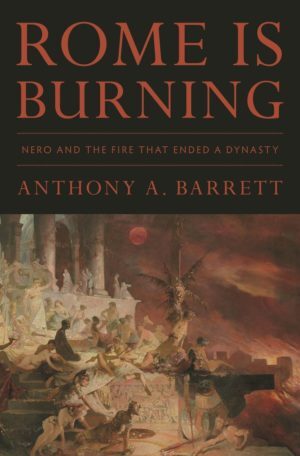 Rome is Burning: Nero and the Fire that Ended a Dynasty can be purchased from Princeton University Press.
Rome is Burning: Nero and the Fire that Ended a Dynasty can be purchased from Princeton University Press.
Cover Image, Top Left: The Fire of Rome, oil on canvas painting, 1785, Hubert Robert
Image, middle right: The Fire of Rome, oil on canvas painting, 1787, Hubert Robert
_______________________________
Advertisement

